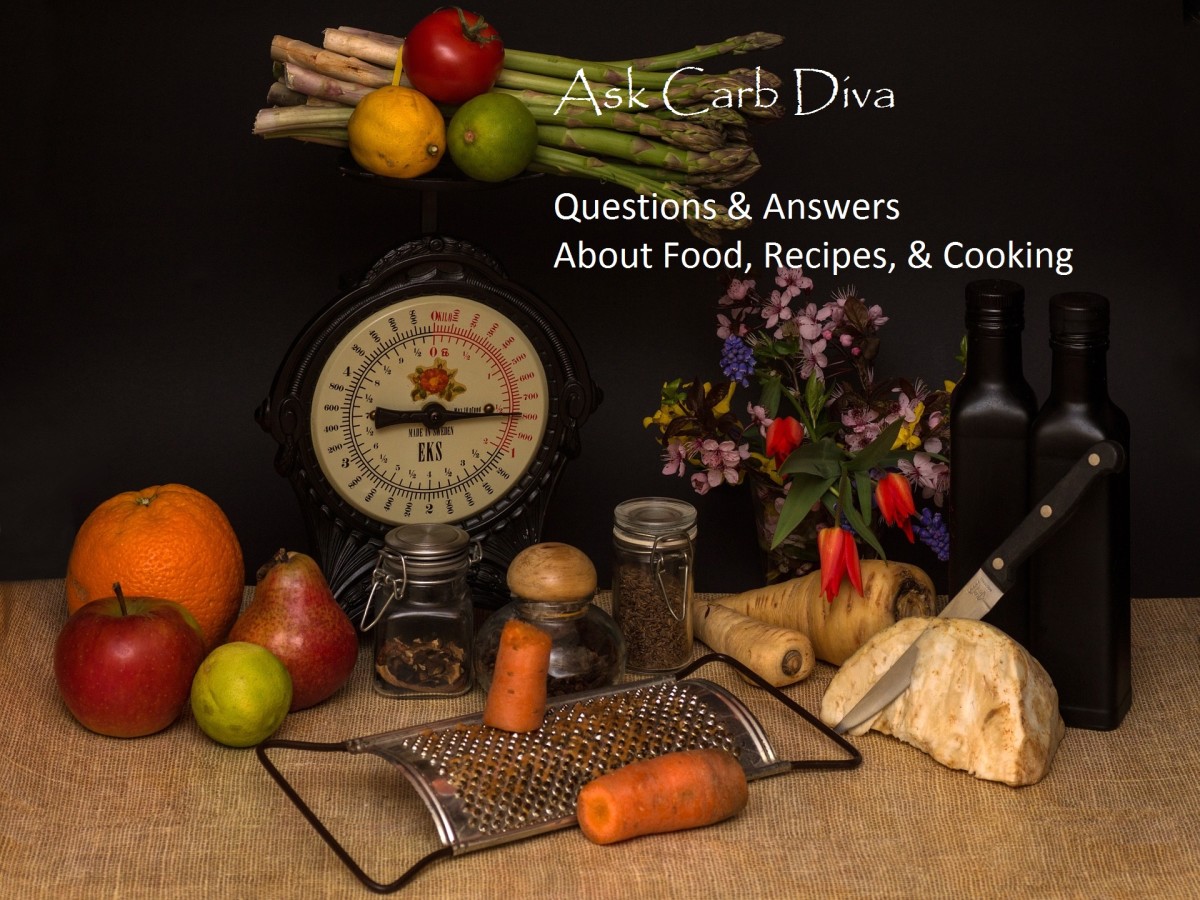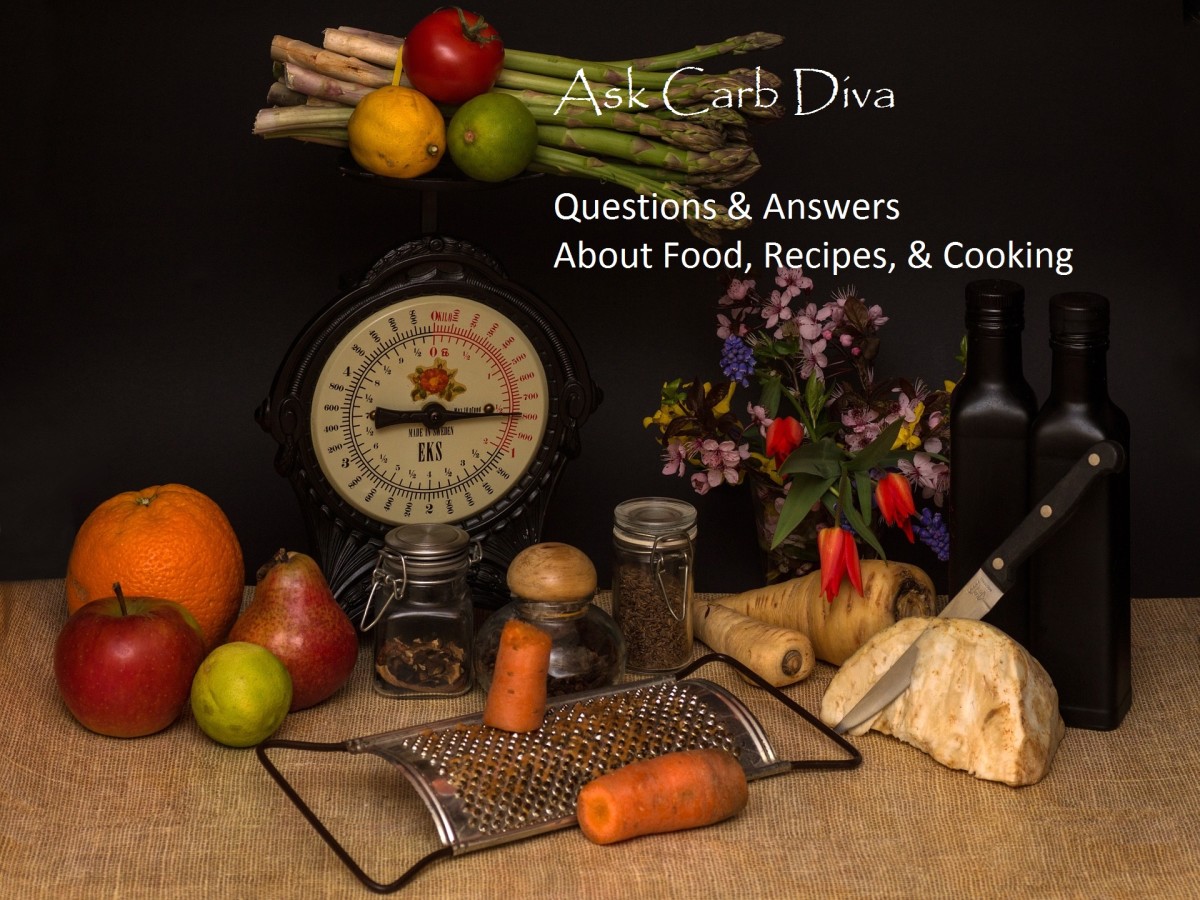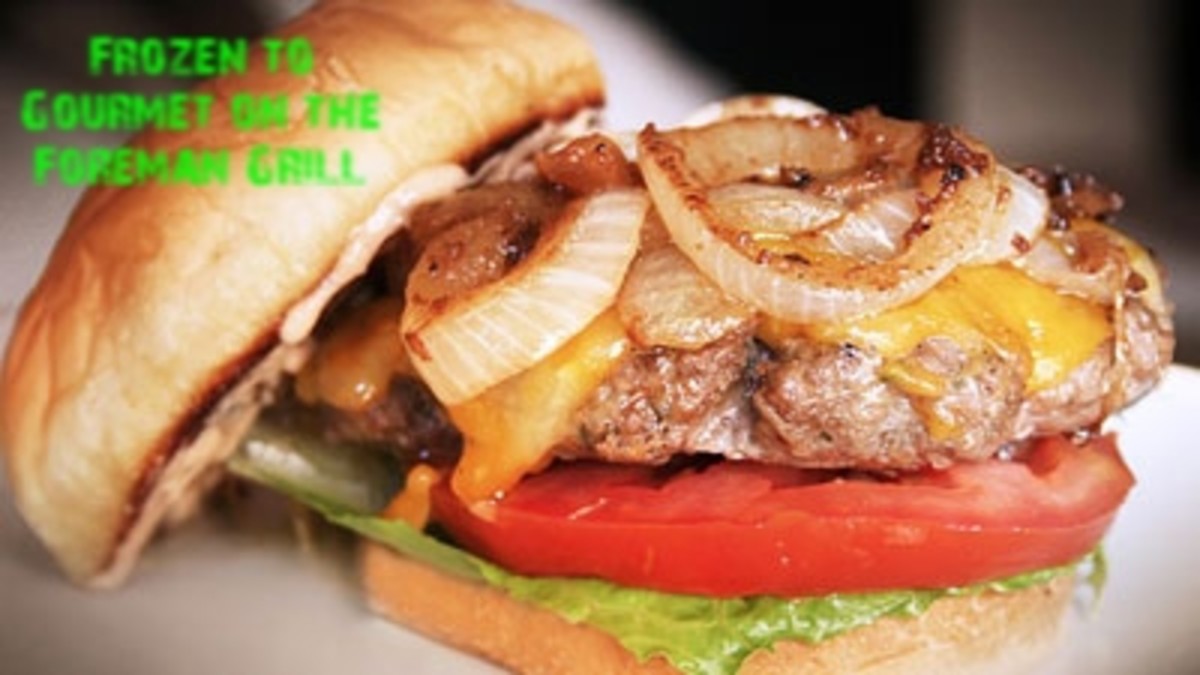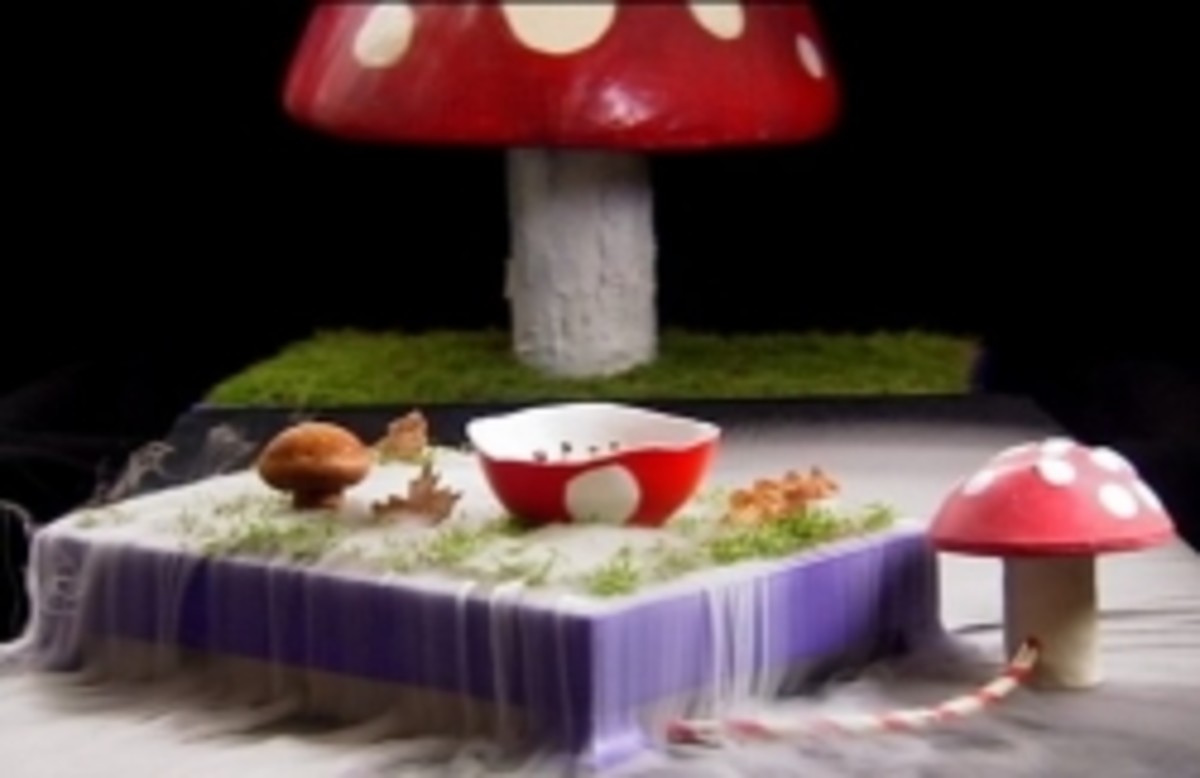Ask Carb Diva: Questions & Answers About Food, Recipes, & Cooking, #16

There's still a chill in the air, but I sense that Spring is around the corner. All of the garden shops are filled with brilliant-colored primroses, purple pansies, and pink hellebore's. Happiness is just one porch-pot away.
If you are new to this series, let me quickly explain how it works. If you have cooking questions I have cooking answers. Is there a cooking term that puzzles you or a technique you don't understand? Perhaps you need help finding the recipe for a specific type of food or dietary need. Leave your queries in the comments section below and next Monday, in Installment #17, I will have an answer for you. I promise.
The mailbox was filled with great questions again this week, so let's get started.
Low Fat Alfredo Sauce
Is there such a thing as a white sauce, for pasta, which is a low cholesterol sauce?
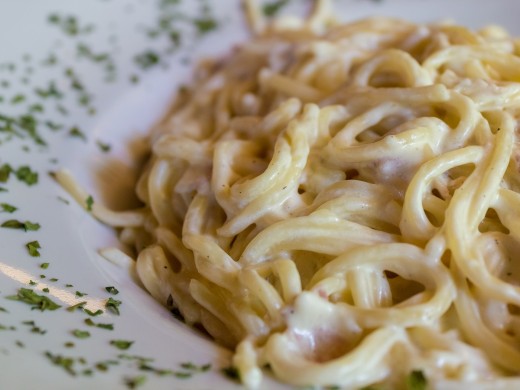
Bill, what a great question. There is nothing more comforting, rich, and indulgent than pasta with a silky, creamy alfredo sauce. But, the typical recipe is anything BUT heart-healthy. Heavy doses of butter and whipping cream make the cholesterol numbers soar through the roof.
The food experts at Cooking Light have developed two recipes which have all of the rich flavors but none of the guilt. One contains bacon (yes real bacon), and the second one is thickened with several tablespoons of reduced fat cream cheese. The nutritional details on both of those are given in the table below. For comparison, I have also included the numbers for a full-fat alfredo recipe by Ree Drummond.
Alfredo Sauce (with cream cheese)
| Alfredo Sauce (with bacon)
| Ree Drummond Alfredo
| |
|---|---|---|---|
Calories
| 399
| 339
| 575.1
|
Total Fat
| 13.5 g
| 11.7 g
| 55.9 g
|
Saturated Fat
| 8 g
| 5 g
| 35.2 g
|
Monosaturated Fat
| 3.4 g
| 3.8 g
| 15.8 g
|
Polyunsaturated Fat
| 1.1 g
| 0.7 g
| 1.9 g
|
Cholesterol
| 34 mg
| 22 mg
| 172.3 mg
|
Sodium
| 822 mg
| 833 mg
| 864.5 mg
|
So you see, low-fat doesn't have to be bland, boring, and dull. (Bill I know that, when you read the word bacon, you smiled.)
Lexicon of Cooking Terms
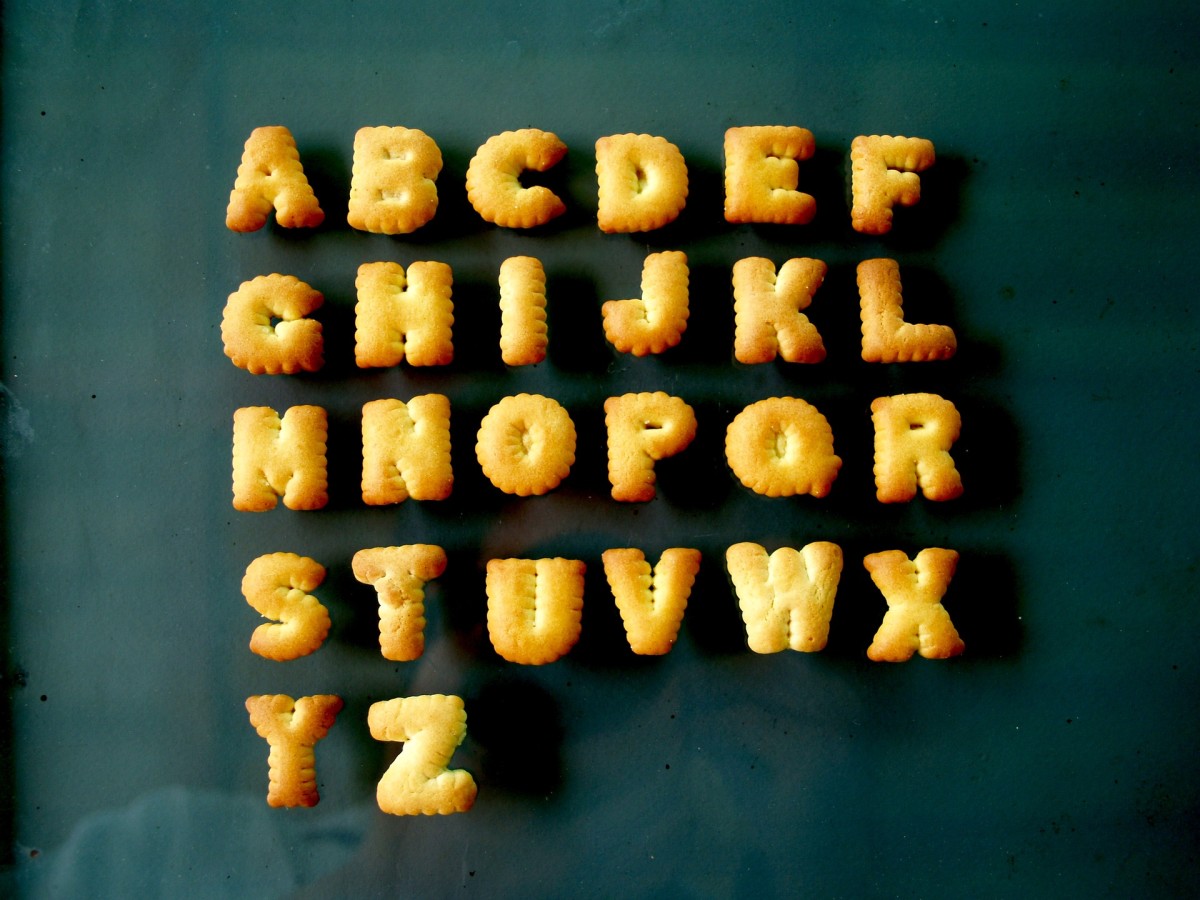
A few weeks ago I was asked to explain some of the less-common cooking terms. We started with Letter A, and have progressed to the end of the "D's". If you want to catch up, a link to the first installment is here.
Double boiler - Two saucepans that fit together, one on top of the other. The bottom pan contains boiling water and is placed on the heat source; the top pan contains the food to be cooked. This is a good method for melting chocolate. (Yes, I know you can zap it in the microwave but a few too many seconds will result in chocolate charcoal). Sauces that could scorch if subjected to direct heat are also best warmed in a double boiler (thick spaghetti sauce, cheese sauce for mac and cheese, etc.).
Dredge - When you lightly coat food to be pan-fried or sautéed. Typical coatings are flour, cornmeal, or breadcrumbs.
Dust - To sprinkle food with dry ingredients. Use a strainer, or try the good, old-fashioned way of shaking things together in a paper bag.
Dutch oven – A heavy cooking pot, usually cast iron or enamel-clad cast iron with a heavy lid.
Egg wash – A mixture of eggs (yolks, whites, or whole eggs) and water or milk used glaze baked goods (typically with a brush).
Emulsion – a mixture of two or more liquids that don’t naturally combine (oil and water). Quite often an egg is used to hold droplets of the liquids in suspension so that they do not separate. A salad dressing or mayonnaise is an emulsion.
En papillote – Food wrapped and cooked in buttered parchment paper. It's easy to do but makes a wow-factor presentation. And, cooking your meal (one packet per person) with this method locks in all of the moisture and flavor.
Why Are There So Many Forks? (Understanding Formal Place Settings)
When eating formally, is there any reason for the different forks and knives. I know when to use which ones but is there a reason why, for example, a salad fork is shorter? Is this just a ploy to sell more cutlery by the manufacturers?
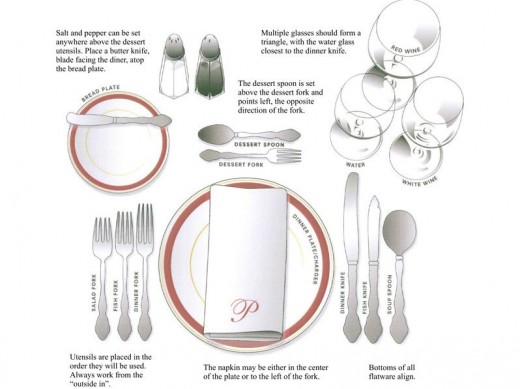
Why are formal place settings so complicated? The simple knife, fork, and spoon have a real use but the rest just seem superfluous. Blame it on royalty.
Once upon a time food was consumed on flat rounds of stale bread—you need not have a fork—and soups were slurped. We were happily noisy and decidedly uncouth until the 11th century. It was then that the fussy fork became a part of "proper" dining. An illustrated manuscript from the Byzantine Empire clearly shows two men using a pronged eating utensil. Oh the outrage!
St. Peter Damian, a Benedictine monk and hermit, criticized the Byzantine-born Venetian princess Maria Argyra for her priggish eating routine:
"Such was the luxury of her habits …she deigned not to touch her food with her fingers, but would command her eunuchs to cut it up into small pieces, which she would impale on a certain golden instrument with two prongs and thus carry to her mouth."
Damian was clearly offended by the woman's table manners, and when she died of the plague he regarded it as a Divine punishment. Nevertheless the fork prevailed.
From Byzantium forks migrated to Italy, birthplace of Catherine de' Medici who in 1533 traveled to France to marry Henry II; she took her forks with her and thus began the trend in France. By the end of the 16th century it was common for members of the aristocracy to transport their cutlery with them in ornate carrying cases.
By the 19th century people were enjoying the pleasure of eating. In 1825 Jean Anthelme Brillat-Savarin published "The Physiology of Taste: Or Meditations on Transcendental Gastronomy" and stated:
“The pleasure of eating is one we share with animals; it depends solely on hunger and what is needed to satisfy it. The pleasures of the table are known only to the human race; they depend on careful preparations for the serving of the meal, on the choice of place, and on the thoughtful assembling of guests.”
Carefully appointed rooms dedicated solely to the pleasure of dining became the norm for those of wealth and status. Crisp white linens, glowing candles, shimmering crystal, and delicate china were mandatory, along with a large and lavish display of silverware.
All was a show of wealth (my silver service is bigger than yours), and since you had servants doing the dishes it didn't matter how much time it took to maintain all these tarnish-prone implements. (I guess I've just revealed the shocking truth that I do not have staff).
So, that's why we have a fork for every occasion.
Taking the Fear Out Of Cooking
I am having trouble getting in the Zen Zone of Cooking. I try to clear my mind for it. It is like a slippery muse. I am not experiencing my Julia Child's Joy of Cooking. Help me out here.
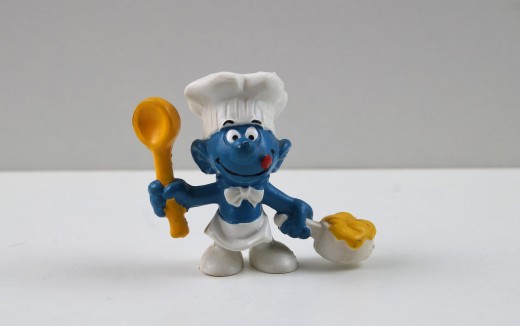
Eric, I would love to help you find your "inner Julia." If I could, I'd drop by your kitchen every afternoon and give you a hand. However, according to Google maps the distance from my house to yours is roughly 1,200 miles, give or take a few. So instead let me share with you a few suggestions.
- Relax. Take a deep cleansing breath.
- Have confidence in yourself. This isn't rocket science. Cavemen cooked. You can do this.
- Start with easy recipes. By easy, I mean not a lot of steps or a shopping-cart full of ingredients.
- Read through the entire recipe twice to insure that you understand it.
- Do all of your "prep" work before you begin to cook. That means that you should assemble all of the ingredients ahead of time. Measure out the liquids and seasonings and set them aside. Pre-dice or slice the vegetables and proteins. In the culinary world this is known as mise en place (yes, it's French).
- Watch the pros. The Food Network, HGTV, and your local PBS channel are a bountiful source of cooking shows.
- If you don't watch television, here's an idea—search for "Recipe of the Day, Food Network" on YouTube.com. There you will find dozens of easy-to-prepare foods. You can watch them being prepared. Each episode also provides a link to a written version of the recipe with all of the ingredients, measurements, and detailed instructions.
Think back to when you were a Freshman in college. You started with the basic 101 courses and mastered them before proceeding to the 200-level and 300-level studies. Cooking is the same way. Start with simple, build your skills and confidence in yourself, and I promise you will become a happy camper in that kitchen.
Should You Hand Wash Knives?
I'm with you about the knives. The always-sharp are always-serrated it seems. I have a dislike of serrated except for bread, as you say. Now I'm wondering why I should care if the handle is dishwasher safe. Do you ever wash your knives in the dishwasher?
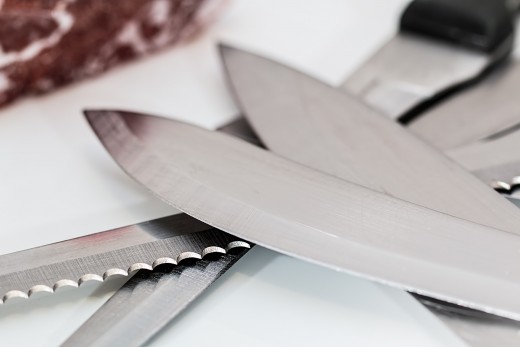
My sister puts absolutely EVERYTHING in her dishwasher. Even if it means that it is filled top to bottom after one meal.
And then, there's me.
The only things that go into my dishwater are silverware, plates, bowls, and glassware. I always do pots and pans and knives by hand. So, for me knives don't have to be dishwasher safe. Actually I don't think it's a good idea to wash good knives in the dishwasher. (The dishwasher detergent can be quite caustic, and if the knives bang together their edges can dull more quickly). However, you have to be careful about washing them by hand as well. (Kari, I know that you understand this already, but I'm sharing these tips for the newbie's out there.)
Carb Diva says:
- Fill the empty sink with hot, soapy water. The first thing you will wash is the sharp knives.
- Grasp the handle of the first knife to be washed. Never let go of that handle. With your other hand carefully scrub with a scouring brush. Rinse and place on a clean absorbent towel to dry.
- Repeat with the remaining knives that need to be cleaned. Do just one at a time.
I know I'm sounding like a nervous Nelly with these instructions. Perhaps you think this is far too fussy. But I've witnessed what can happen when one plunges their hands into a suds-filled (I-can't-see-what's-in-there) sink of sharp knives!

Thank you to everyone who sent their questions to the Mailbox. Don't be shy; there are no dumb questions. If you want to remain anonymous you can email me at lindalum52@gmail.com.
Have a great week!
© 2018 Linda Lum



